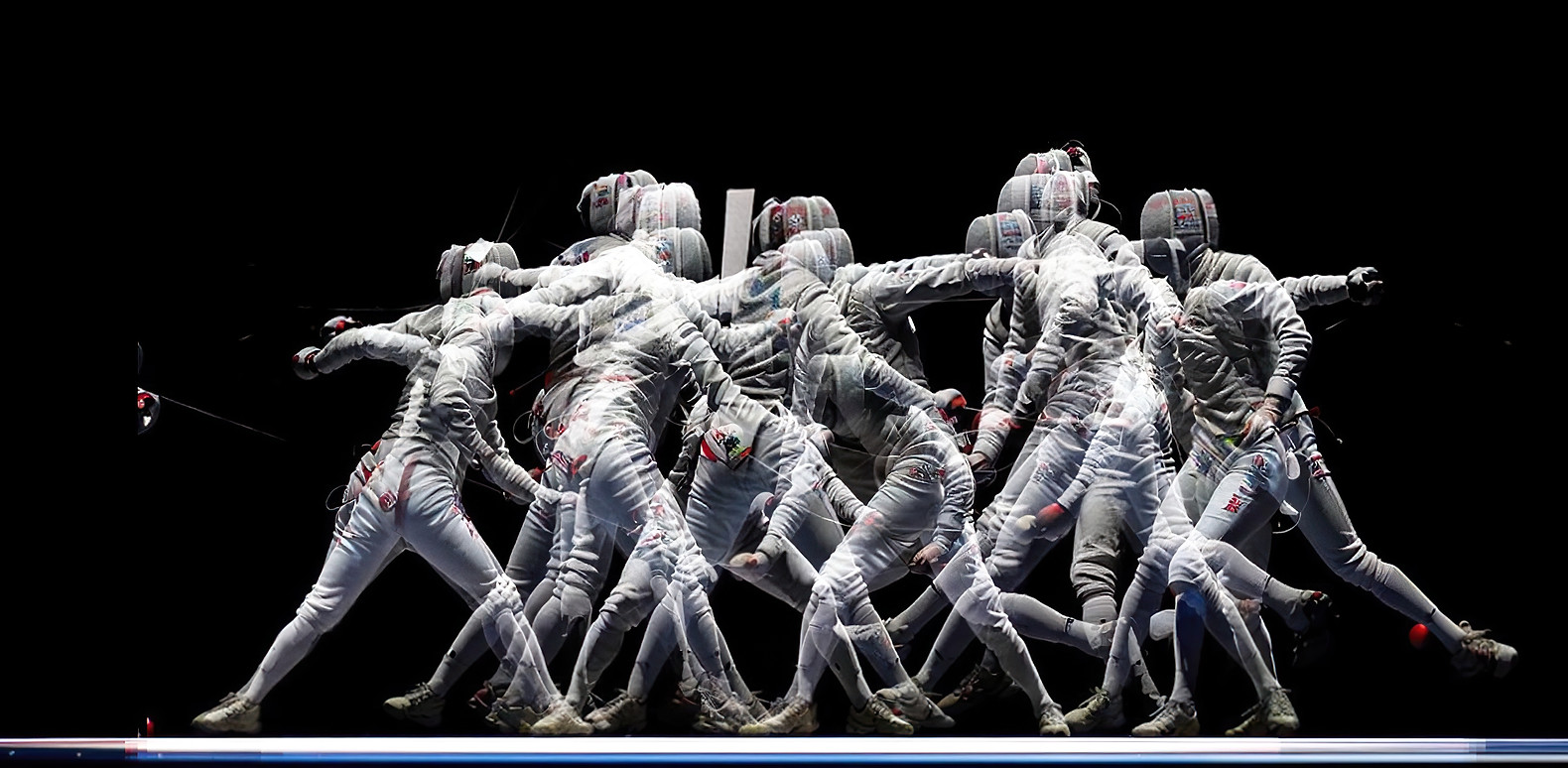
Fencing Hallucination offers a human-AI interactive experience that revisits Chronophotography — the first photographic motion visualization technique invented in the 1880s — in the context of AI image generators challenging the being of a photograph. The system implements real-time Motion Synthesis and Pose-to-Image Translation with Neural Networks, hallucinating a virtual AI avatar responding to the audience's body movement with fencing postures and poetically visualizing the human-AI interaction in an AI-imaging-simulated Chronophotograph. Enabling users to experience the historic Chronophotography resurrected with the subversive AI imaging tool, Fencing Hallucination calls for audiences' reflection on the evolving meanings of images.

Fencing Hallucination
Fencer, Georges Demeny, 1906, Gelatin silver print. Credit to: the Metropolitan Museum of art.


Skeletal data can be extracted from Fencing video clips using Pose Estimation models, such as OpenPose, to construct a large dataset of fencing poses, which is then used to train the interactive AI model to generate responding skeleton given the user's skeleton.
Human audience (left) vs AI (right)
Responsive AI Fencer

Converting Skeletons into Images, then into Chronophotograph



System Setup
Final Result

